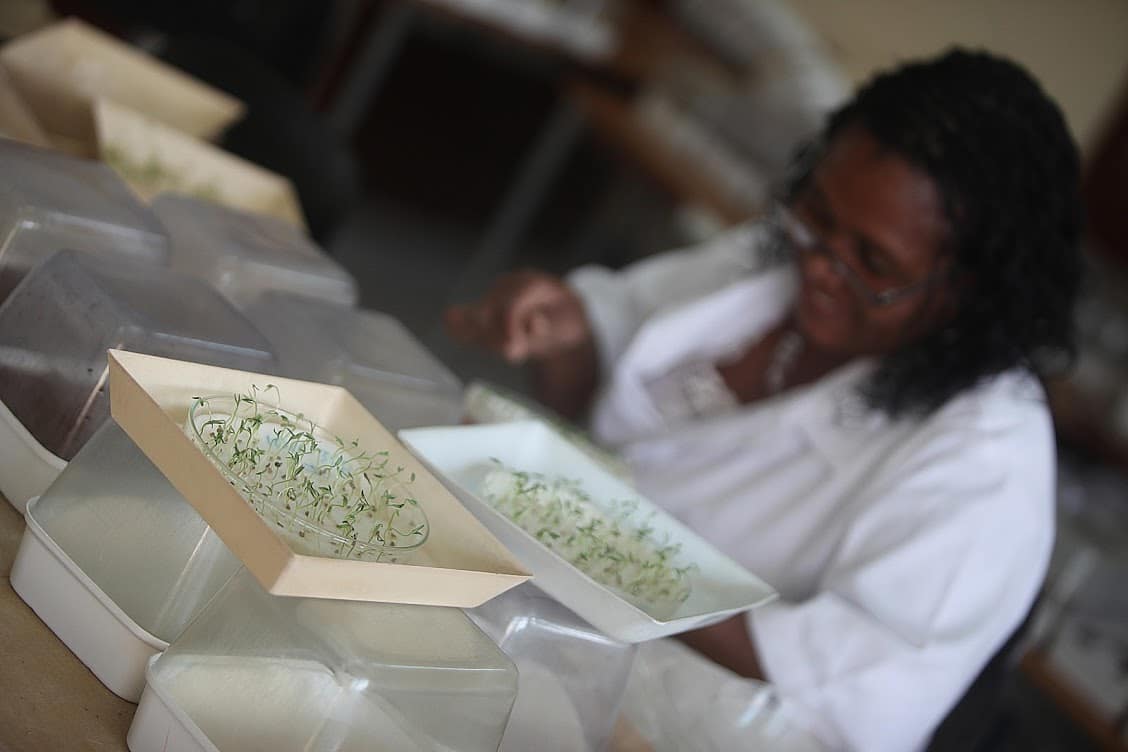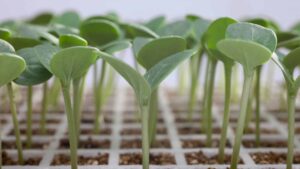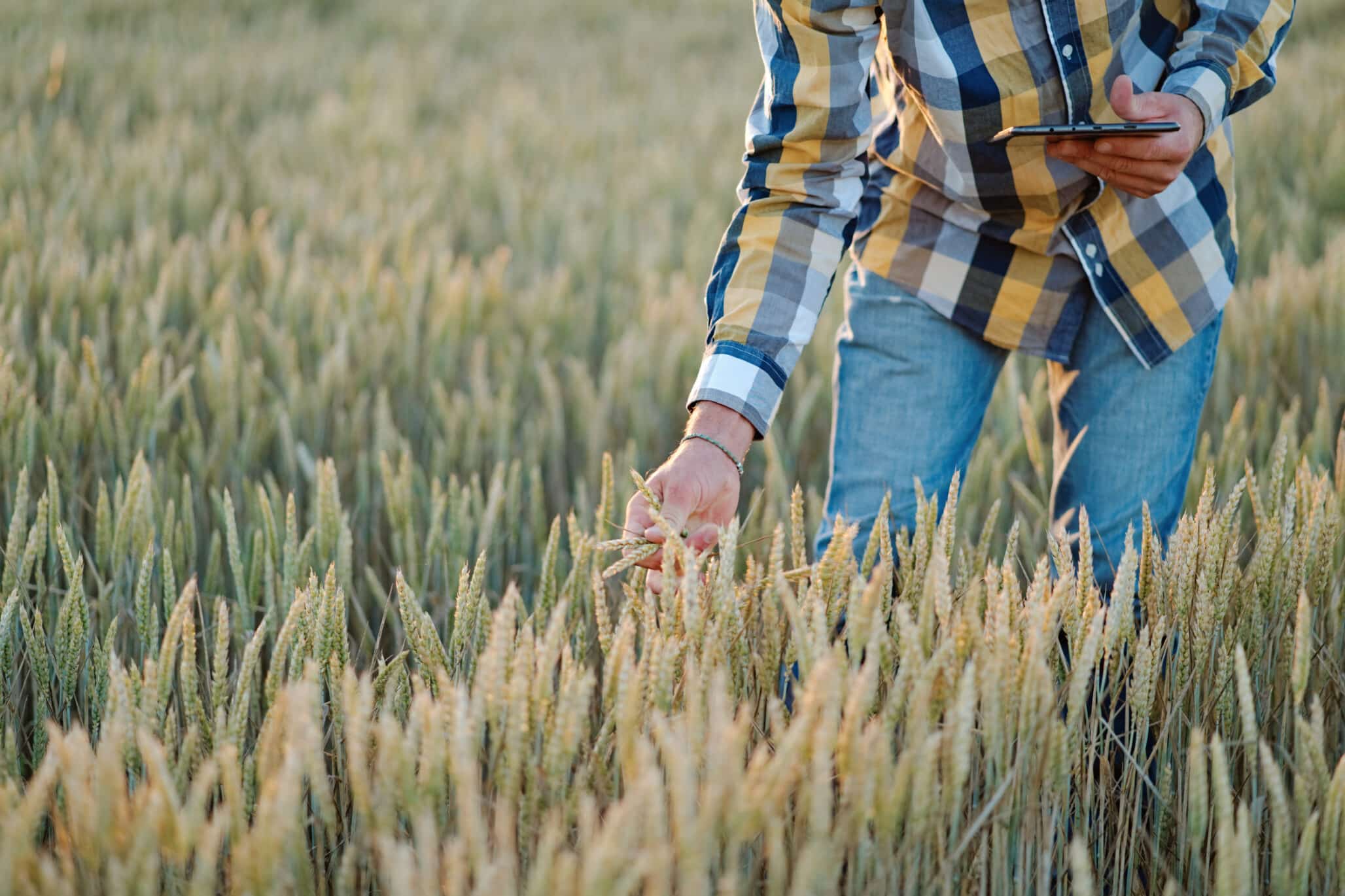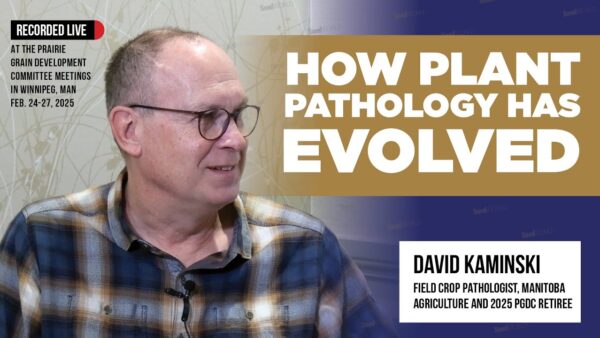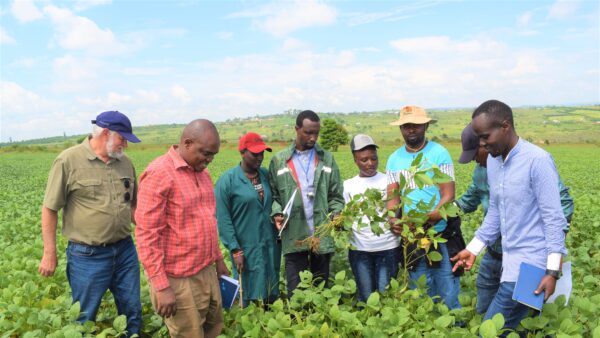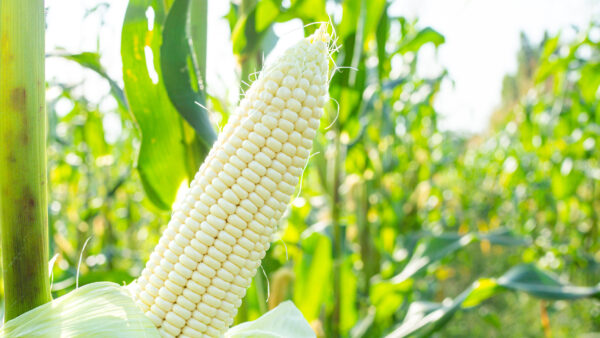Submitted by Brent G. Larson
The importance of seeds is no secret. But while industry may tend to think of seeds in terms of traded goods or genetic resources, and thus a source of revenue, we must not forget that seeds can also be a source of devastating pests and diseases. The International Plant Protection Convention (IPPC) plays a crucial role in finding solutions that facilitate international movement of seeds while also protecting the world’s plant resources from the possible adverse effects that this trade could have.
The IPPC governing body, known as the Commission on Phytosanitary Measures (CPM), at their annual meeting in April 2017 in Incheon, Korea, adopted a global standard that will help ensure safer seed trade. The new IPPC standard provides guidance to identify, assess and manage the pest risk, and help countries establish phytosanitary import requirements for the movement of the seeds to be used globally.
Industry and governments worldwide have long recognized the benefits for everyone to use the same approaches when setting their plant health requirements for seed import. The seed industry was directly involved in the development of the standard in an eager attempt to harmonize the myriad of rules they were facing when trading internationally. “This standard was developed in close consultation with the International Seed Federation and pulls together the elements that support the safe international movement of seeds. It establishes a common language for regulators, as well as the seed production and trading industry and the growers who are dependent on clean seed to produce their crops and it is a promising step towards the UN Sustainable Development Goals”, noted the CPM chairperson Lois Ransom.
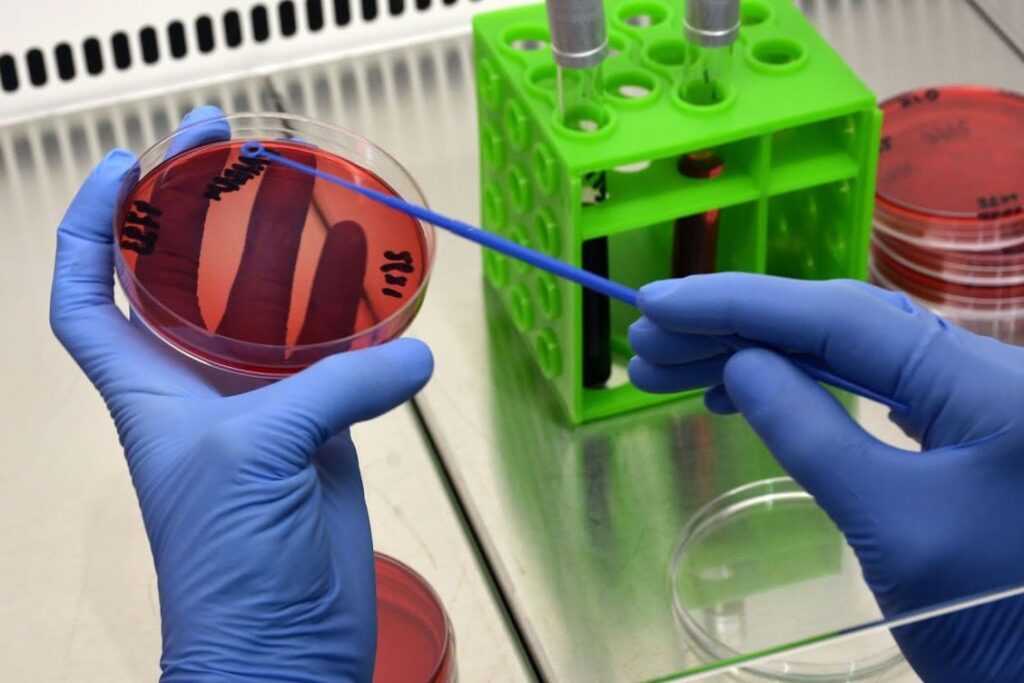
Photo: ©FAO/Vladimir Valishvili
The countries that have signed the IPPC agree that a standard on seeds was needed back in 2010. Since then, the IPPC secretariat drove a transparent and multi-stakeholder process to develop the standard, engaging national and regional legislators and the private sector in discussions. These efforts resulted in a standard adopted by consensus, covering the concerns and issues expressed by the 183 countries that are parties to the IPPC.
But was the road to agreement easy? No, it was not. The complex nature of the international seed trade led to challenging debates among the experts and government representatives who contemplated what content the standard should include.
Seed movement is not just for trade, with immense volumes of consignments, it also involves seeds moving across international borders for research and development purposes. It is common that seed companies breed seeds in various countries to produce more than one crop of seeds each year. The seeds produced may then be sent to more than 100 countries through international distribution centres where they are cleaned, treated, tested and packed. Another factor that complicates matters is that often the final destination may not be known at the time of export, or seeds may be stored in one country for years before re-export, and possibly mixed with other seed lots. Therefore, it may be practically impossible to provide phytosanitary declarations not only because years have passed since the seeds were first exported but also because sometimes the specific status of the seeds may not be known.
Besides having to take these complex scenarios into consideration, it is always tricky finding common ground for the multiple realities existing worldwide. A standard is the result of what stakeholders can agree on (which may not be the best result, but as good as it gets). But in this case, it was necessary to ensure that the IPPC standard would not be too narrow, given the time and effort spent on it, while also just broad enough to get buy in from all stakeholders. Clearly, the standard should also not provide guidance on areas that are outside the IPPC mandate, such as quality. However, many exporters may have difficulties in distinguishing quality and plant health issues, especially when it comes to weeds. Naturally, importers do not wish to have a seed shipment full of weed seeds, even if the weeds do not present a plant health risk to the seeds that are being imported. Furthermore, importers may not clearly distinguish whether this is a food safety or plant health problem. There are also diverging ideas between importing and exporting countries. Importing countries may work towards more stringent guidance because they fear receiving unwanted bugs and diseases with their seed consignments. Exporting countries will wish for easier and more rapid movement, dealing with millions of tons of seed consignments yearly. Developing countries may not have the know-how or financial resources to implement costly methods to detect or identify pests, whereas this is exactly what importing countries would need to be confident that incoming seeds will not present a risk.
The process of finalizing the new IPPC seeds standard was thus a balanced act of negotiation. “The seeds standard is an excellent example of how the UN normative process works,” said FAO Assistant Director-General Ren Wang. “Developed and developing nations, importing and exporting countries and industry have come together to identify solutions to problems that directly or indirectly affect us all,” he added.
So what benefits are expected from this standard? As soon as it can be worked into national legislation, governments and the world will see increased harmonization and transparency in phytosanitary import requirements. This shared international understanding will facilitate the movement of healthy seeds.
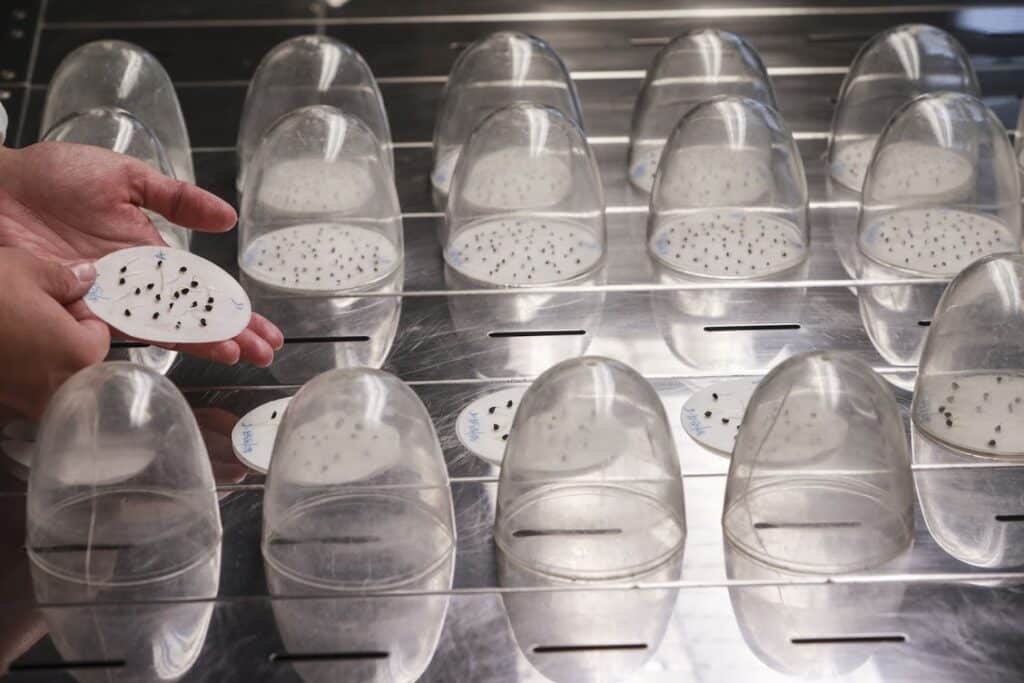
Photo: ©FAO photo
The new standard clearly states that measures should be applied only when there is a concrete risk that seeds are a risk in themselves or a pathway for pest introduction. In other words, countries should not regulate when no risk is identified. This may seem obvious, but in reality some countries may have set requirements that were not scientifically justified, hereby creating trade barriers or creating immense difficulties for exporting countries. The standard also categorizes pests that affect seeds as either “seed-borne” or “seed-transmitted” where “seed-borne pests” is a broader category (pests that may or may not be seed-transmitted) and “seed-transmitted” is a narrower category (pests that will be transmitted to resultant plants and affect the crop). This distinction was the most controversial and complicated issue for IPPC contracting parties to agree on. But it was important to be able to distinguish these two categories for countries to apply only the necessary measures and not put unnecessary burdens on exporting countries. The standard reconfirms that countries need to carry out pest risk analysis to underpin their regulatory decisions and that this analysis should, for instance, consider whether the transmission of pests has been observed or confirmed to occur under natural conditions or under experimental conditions.
Another important point that the standard makes is that the intended use of the seeds will influence the risk. If the seeds will be used for research and not planted, there is minimal risk that pests will be introduced to a new environment. Instead, if the seeds are intended for planting the risk is higher, and likewise the measure should be. Putting such guidance down on paper for all countries to implement will hopefully mean that the international movement of seeds should become much more transparent and predictable.
“The European Seed Association welcomes the adoption of the international standard as this will help harmonizing pest risk management among the 182 IPPC contracting parties and therefore facilitate the international movement of healthy high quality seeds for our European seed industry,” says ESA Technical Manager Plant Health and Seed Trade, Christophe Rouillard.
However, as Ransom noted, “the remaining challenge, and arguably opportunity, for the IPPC stakeholders, is to apply this platform of common understanding to develop an internationally accepted practical system for growing and distributing seed of a known health status. While this would not remove the need for a risk assessment, it would facilitate the cross-border movement of clean seed by providing evidence of its status as a result of the pest control measures applied during its production. It could only be achieved through global partnerships between seed producers and phytosanitary regulators, and I hope that both are up for the challenge!” Radha Ranganathan from International Seed Federation (ISF), confirmed the industry’s intentions to move the harmonization agenda along. “The framework that the standard provides for national phytosanitary regulations will facilitate the international movement of seed that is valued today at around $11 – 12 USD billion per year. Although adoption of the standard is a key first step, a lot depends on how it is implemented in countries and the ISF is ready to cooperate with the IPPC Secretariat in the implementation phase”, she said.
“Growing healthy crops, ensuring crop diversity and increasing sustainable food supplies all start with healthy seeds,” concluded Wang.
Editor’s Note: Brent G. Larson is Standards Officer at the Secretariat of the International Plant Protection Convention, Food and Agriculture Organization of the United Nations
Where on the web: IPPC standards – https://www.ippc.int/en/core-activities/standards-setting/


